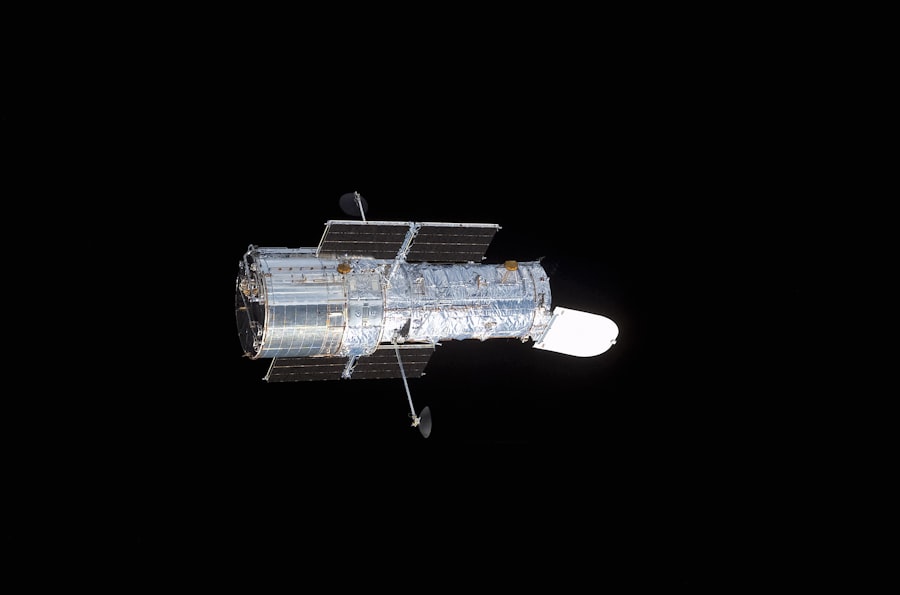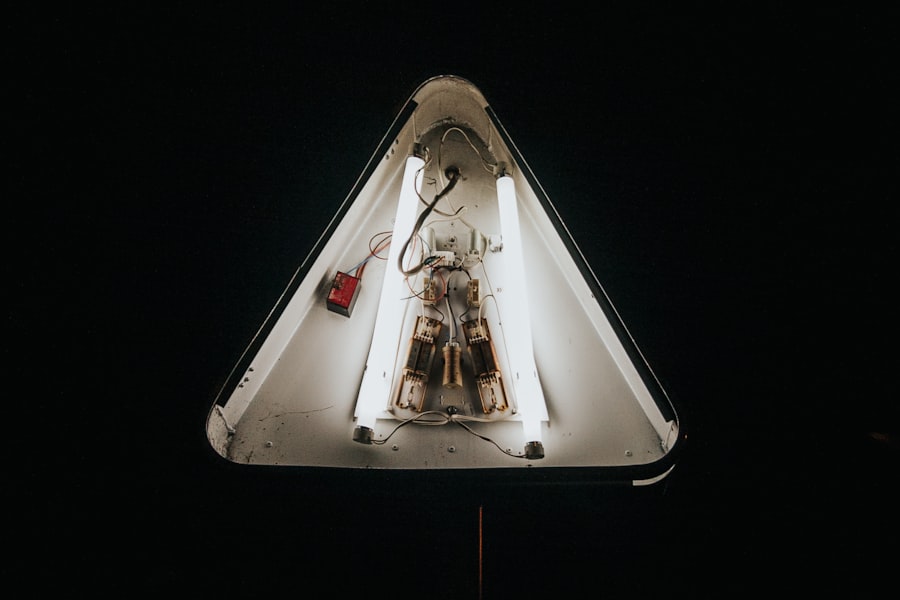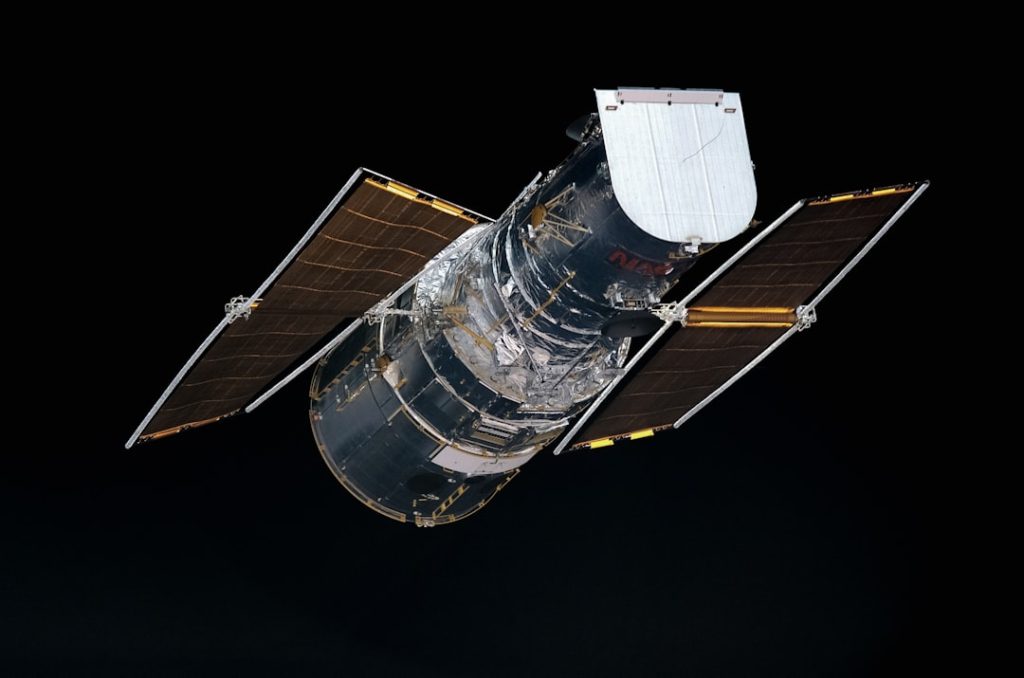Voyager 2 was launched on August 20, 1977, from Cape Canaveral, Florida, as part of NASA’s Voyager program, which aimed to explore the outer planets of our solar system. The spacecraft was designed to take advantage of a rare planetary alignment that occurs once every 175 years, allowing it to visit multiple planets in a single mission. The primary mission objectives included conducting detailed studies of Jupiter, Saturn, Uranus, and Neptune, as well as their moons and rings.
Voyager 2 was equipped with a suite of scientific instruments to gather data on the atmospheres, magnetic fields, and surface compositions of these celestial bodies. The mission was ambitious, not only in its scope but also in its technological achievements. Voyager 2 was the first spacecraft to travel to the outer planets and was designed to operate in the harsh conditions of space for an extended period.
The mission’s objectives were not limited to planetary exploration; it also aimed to enhance our understanding of the heliosphere—the bubble-like region of space dominated by the solar wind—and to provide insights into the interstellar medium. The spacecraft was built with redundancy in mind, ensuring that if one system failed, others could take over, thus maximizing the chances of mission success.
Key Takeaways
- Voyager 2 was launched in 1977 with the mission to study the outer planets and interstellar space.
- Voyager 2’s journey to the outer solar system included flybys of Jupiter, Saturn, Uranus, and Neptune.
- The spacecraft made numerous discoveries in the outer solar system, including new moons, rings, and magnetic fields.
- Voyager 2 had close encounters with Jupiter, Saturn, Uranus, and Neptune, providing valuable data and images of these planets.
- The spacecraft was equipped with instruments such as cameras, spectrometers, and magnetometers to study the outer planets and interstellar space.
Voyager 2’s Journey to the Outer Solar System
After its launch, Voyager 2 embarked on a trajectory that would take it on a grand tour of the outer planets. The spacecraft first flew past Jupiter in July 1979, where it utilized a gravity assist to increase its speed and alter its course toward Saturn. This gravitational slingshot effect is a critical maneuver in space travel, allowing spacecraft to conserve fuel while gaining velocity.
Following its encounter with Jupiter, Voyager 2 continued its journey, arriving at Saturn in August 1981. The spacecraft’s path was meticulously calculated to ensure that it would pass close enough to each planet to gather valuable data while maintaining a safe distance. The journey to the outer solar system was not without challenges.
Voyager 2 traveled through regions of space that were largely unexplored and fraught with uncertainties. The spacecraft had to navigate through the asteroid belt and avoid potential collisions with debris. Additionally, the vast distances involved meant that communication delays were significant; signals from Voyager 2 took over 30 minutes to reach Earth at its farthest points.
Despite these challenges, Voyager 2 successfully completed its primary mission objectives and continued on its trajectory toward Uranus and Neptune, further expanding our understanding of the solar system.
Discoveries and Findings in the Outer Solar System

Voyager 2’s journey through the outer solar system yielded a wealth of discoveries that transformed our understanding of these distant worlds. One of the most significant findings was the detailed observation of Jupiter’s atmosphere and its complex weather patterns. The spacecraft captured stunning images of the Great Red Spot, a massive storm larger than Earth that has been raging for centuries.
Voyager 2 also discovered new moons around Jupiter and provided insights into its magnetic field and radiation belts, revealing a dynamic environment that posed challenges for future missions. At Saturn, Voyager 2 made groundbreaking discoveries regarding the planet’s rings. The spacecraft’s instruments revealed intricate structures within the rings, including gaps and waves caused by gravitational interactions with Saturn’s moons.
These observations led to a deeper understanding of ring dynamics and composition. Additionally, Voyager 2 provided data on Saturn’s atmosphere, revealing its banded structure and complex weather systems. The findings at both Jupiter and Saturn laid the groundwork for subsequent missions, such as the Galileo orbiter and Cassini spacecraft.
Close Encounters with Outer Planets: Jupiter, Saturn, Uranus, and Neptune
| Planet | Closest Approach Date | Distance from Earth (in AU) | Number of Missions |
|---|---|---|---|
| Jupiter | July 9, 1979 | 3.9 | 9 |
| Saturn | September 1, 1979 | 8.1 | 4 |
| Uranus | January 24, 1986 | 18.9 | 1 |
| Neptune | August 25, 1989 | 29.8 | 1 |
The close encounters with each of the outer planets were highlights of Voyager 2’s mission. At Jupiter, the spacecraft flew within 570,000 kilometers (about 350,000 miles) of the planet’s cloud tops, allowing it to capture high-resolution images and collect data on its atmosphere and magnetic field. This encounter revealed not only the planet’s striking features but also provided insights into its moons, including Io, Europa, Ganymede, and Callisto.
Each moon exhibited unique characteristics; for instance, Io is known for its intense volcanic activity, while Europa is believed to harbor a subsurface ocean beneath its icy crust. Voyager 2’s encounter with Saturn was equally remarkable. The spacecraft passed within 100,000 kilometers (about 62,000 miles) of the planet’s rings, providing unprecedented views of their structure and composition.
It discovered new moons and observed phenomena such as “spokes” in the rings—temporary features that appear as dark radial markings. Following Saturn, Voyager 2 continued its journey toward Uranus, where it made history as the first spacecraft to fly by this ice giant in January 1986. The encounter revealed a planet with an unusual tilt—98 degrees—resulting in extreme seasonal variations.
The final close encounter occurred at Neptune in August 1989. Voyager 2 provided detailed images of Neptune’s atmosphere, revealing dynamic weather patterns and large storm systems similar to those observed on Jupiter. One of the most notable discoveries was the Great Dark Spot—a massive storm comparable to Jupiter’s Great Red Spot—that showcased Neptune’s turbulent atmosphere.
The spacecraft also discovered several new moons around Neptune and provided data on its faint ring system.
Instruments and Equipment on Voyager 2
Voyager 2 was equipped with a sophisticated array of scientific instruments designed to gather data across various disciplines. Among these instruments were cameras for imaging planetary surfaces and atmospheres, spectrometers for analyzing chemical compositions, magnetometers for measuring magnetic fields, and plasma detectors for studying solar wind interactions. Each instrument played a crucial role in collecting data that would enhance our understanding of the outer planets.
The imaging system consisted of two cameras: a narrow-angle camera for high-resolution images and a wide-angle camera for broader views. These cameras captured stunning photographs of planetary features, including cloud patterns and surface geology. The spectrometers analyzed light from celestial bodies to determine their chemical makeup; for instance, they identified methane in Neptune’s atmosphere and provided insights into the composition of Saturn’s rings.
In addition to these instruments, Voyager 2 carried a cosmic ray detector that measured high-energy particles from outside our solar system. This data contributed to our understanding of cosmic radiation and its effects on space travel. The spacecraft also had a radio science experiment that studied how radio waves interacted with planetary atmospheres and rings.
This comprehensive suite of instruments allowed Voyager 2 to conduct multifaceted investigations during its encounters with each planet.
Communication and Data Transmission from Voyager 2

Communication with Voyager 2 posed unique challenges due to the vast distances involved in its journey through the outer solar system. As the spacecraft traveled farther from Earth, signals took longer to reach it—over 30 minutes at its most distant point from our planet. To maintain contact with Voyager 2, NASA established a network of ground-based antennas known as the Deep Space Network (DSN).
This network consists of large radio dishes located in California, Spain, and Australia, allowing for continuous communication as Earth rotated. Data transmission from Voyager 2 was conducted using radio waves at various frequencies. The spacecraft transmitted scientific data back to Earth in digital form, which was then decoded by ground stations.
Given the limited bandwidth available for communication over such vast distances, data transmission rates were relatively slow—initially around 115 kilobits per second but decreasing as the spacecraft moved farther away from Earth. To optimize data collection during close encounters with planets, scientists prioritized certain measurements and images for transmission. Despite these limitations, Voyager 2 successfully sent back an incredible amount of data throughout its mission.
The information collected has been invaluable for scientists studying planetary atmospheres, magnetic fields, and other phenomena associated with the outer planets. The ability to communicate effectively with Voyager 2 has allowed researchers to analyze findings in real-time and adjust their scientific inquiries based on new discoveries.
Legacy and Impact of Voyager 2’s Mission
The legacy of Voyager 2 extends far beyond its immediate discoveries; it has fundamentally changed our understanding of the solar system and inspired generations of scientists and engineers. The mission demonstrated that long-duration space exploration is feasible and that robotic spacecraft can provide invaluable insights into distant worlds without human presence. The success of Voyager 2 paved the way for future missions aimed at exploring not only our solar system but also exoplanets beyond it.
One significant impact of Voyager 2’s mission is its contribution to planetary science education and public interest in space exploration. The stunning images captured by the spacecraft have captivated audiences worldwide and have been instrumental in promoting STEM (science, technology, engineering, and mathematics) education. The mission has also fostered international collaboration in space exploration efforts; many countries have since developed their own space programs inspired by the achievements of NASA’s Voyager missions.
Moreover, Voyager 2 has provided critical data that continues to inform ongoing research into planetary atmospheres and magnetospheres. Its findings have been referenced in numerous scientific papers and have influenced subsequent missions such as Hubble Space Telescope observations and studies conducted by NASA’s Juno spacecraft at Jupiter. The legacy of Voyager 2 is not merely one of exploration; it represents humanity’s quest for knowledge about our place in the universe.
Future Missions and Exploration of the Outer Solar System
As we look toward future missions exploring the outer solar system, the groundwork laid by Voyager 2 remains essential for guiding new endeavors. NASA has plans for missions such as Europa Clipper, which aims to investigate Jupiter’s moon Europa for signs of habitability beneath its icy surface. Additionally, missions like Dragonfly are being developed to explore Titan—Saturn’s largest moon—using a rotorcraft lander capable of flying through Titan’s dense atmosphere.
The advancements in technology since Voyager 2’s launch have opened new possibilities for exploration beyond what was previously imaginable. Future missions will likely utilize more sophisticated instruments capable of conducting detailed analyses at unprecedented resolutions. For instance, advancements in imaging technology may allow us to capture high-definition images of distant planetary surfaces or even analyze atmospheric compositions in real-time.
Furthermore, international collaboration is expected to play a significant role in future explorations of the outer solar system. As space agencies around the world continue to develop their capabilities for deep-space missions, partnerships may emerge that enhance scientific research while sharing costs and resources. The legacy of Voyager 2 serves as a reminder that exploration is not just about reaching distant worlds; it is about fostering curiosity and collaboration among nations as we seek answers about our universe’s mysteries.


